Submerged arc welding (SAW) is a welding process that involves the formation of an arc between a continuous solid electrode that is fed into the welding pool and the workpiece being welded. One crucial aspect of submerged arc welding that significantly influences the welding process is the choice of polarity. Polarity in welding refers to the direction of the electrical current flowing through the welding circuit. In SAW, polarity plays a substantial role in determining the quality of the weld, the welding speed, and the overall efficiency of the process. There are two main types of polarity used in submerged arc welding: direct current (DC) and alternating current (AC). Each polarity type has its unique characteristics and applications in the welding industry.

.
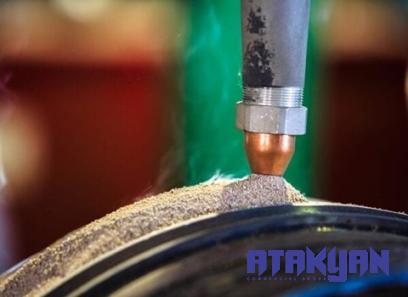 In submerged arc welding, alternating current (AC) polarity involves the periodic reversal of the direction of electrical current, typically at a frequency of 50-60 Hz. Unlike DC polarity, which maintains a constant flow of current in one direction, AC polarity alternates between positive and negative cycles. AC polarity is less commonly used in submerged arc welding compared to DC polarity due to its inherent limitations. However, AC polarity can offer certain benefits in specific welding applications. When AC polarity is employed in submerged arc welding, it can help to reduce the magnetic field generated by the welding arc, which may be advantageous when welding magnetically sensitive materials. One of the main challenges associated with AC polarity in submerged arc welding is the inconsistency in heat distribution and penetration depth. The periodic reversal of the current flow can lead to an uneven weld profile and reduced welding efficiency, especially when welding thick materials. As a result, AC polarity is typically reserved for specialized applications where its unique properties outweigh the drawbacks.
In submerged arc welding, alternating current (AC) polarity involves the periodic reversal of the direction of electrical current, typically at a frequency of 50-60 Hz. Unlike DC polarity, which maintains a constant flow of current in one direction, AC polarity alternates between positive and negative cycles. AC polarity is less commonly used in submerged arc welding compared to DC polarity due to its inherent limitations. However, AC polarity can offer certain benefits in specific welding applications. When AC polarity is employed in submerged arc welding, it can help to reduce the magnetic field generated by the welding arc, which may be advantageous when welding magnetically sensitive materials. One of the main challenges associated with AC polarity in submerged arc welding is the inconsistency in heat distribution and penetration depth. The periodic reversal of the current flow can lead to an uneven weld profile and reduced welding efficiency, especially when welding thick materials. As a result, AC polarity is typically reserved for specialized applications where its unique properties outweigh the drawbacks.
..
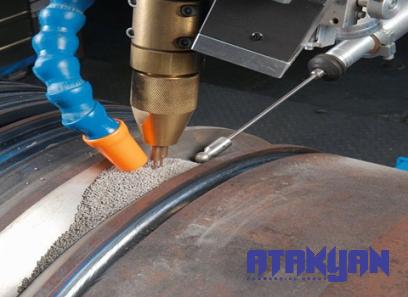 When using DC EN polarity, lower welding currents and voltage settings may be utilized to control the heat input and obtain a wider weld bead profile. The choice of flux and welding wire diameter should be adjusted to suit the requirements of DC EN polarity and prevent excessive heat build-up at the electrode. In cases where AC polarity is applied, special consideration must be given to the welding consumables, electrode design, and welding process parameters to mitigate the challenges associated with alternating current. Proper flux selection, electrode configuration, and operating settings can help maximize the benefits of AC polarity while minimizing its limitations.
When using DC EN polarity, lower welding currents and voltage settings may be utilized to control the heat input and obtain a wider weld bead profile. The choice of flux and welding wire diameter should be adjusted to suit the requirements of DC EN polarity and prevent excessive heat build-up at the electrode. In cases where AC polarity is applied, special consideration must be given to the welding consumables, electrode design, and welding process parameters to mitigate the challenges associated with alternating current. Proper flux selection, electrode configuration, and operating settings can help maximize the benefits of AC polarity while minimizing its limitations.
…
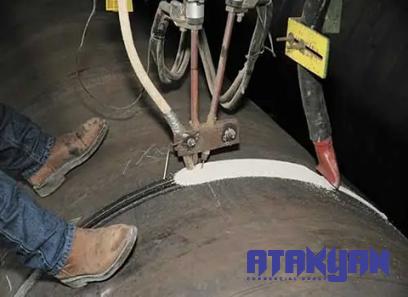 In conclusion, submerged arc welding polarity is a fundamental aspect of the welding process that directly impacts the quality, efficiency, and effectiveness of weld operations. By understanding the characteristics, advantages, and limitations of different polarity types, welders can make informed decisions to optimize welding parameters and achieve superior weld results. Whether using DC EP, DC EN, or AC polarity, selecting the right polarity is essential for producing high-quality welds with the desired characteristics and performance. In essence, submerged arc welding polarity is a critical element in the welding industry that requires careful consideration and expertise to leverage its benefits and overcome potential challenges. By mastering the principles of polarity selection and its implications on the welding process, welders can enhance their welding capabilities, improve productivity, and deliver exceptional weld quality in a wide range of welding applications.
In conclusion, submerged arc welding polarity is a fundamental aspect of the welding process that directly impacts the quality, efficiency, and effectiveness of weld operations. By understanding the characteristics, advantages, and limitations of different polarity types, welders can make informed decisions to optimize welding parameters and achieve superior weld results. Whether using DC EP, DC EN, or AC polarity, selecting the right polarity is essential for producing high-quality welds with the desired characteristics and performance. In essence, submerged arc welding polarity is a critical element in the welding industry that requires careful consideration and expertise to leverage its benefits and overcome potential challenges. By mastering the principles of polarity selection and its implications on the welding process, welders can enhance their welding capabilities, improve productivity, and deliver exceptional weld quality in a wide range of welding applications.
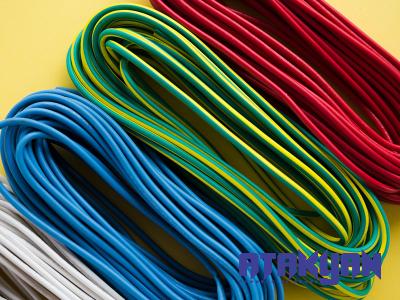


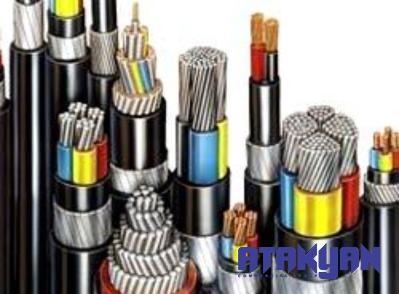
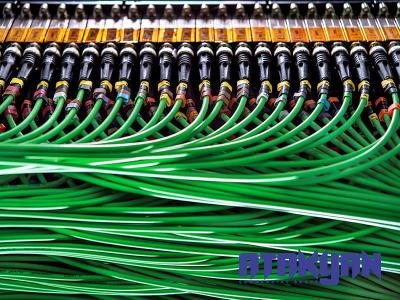

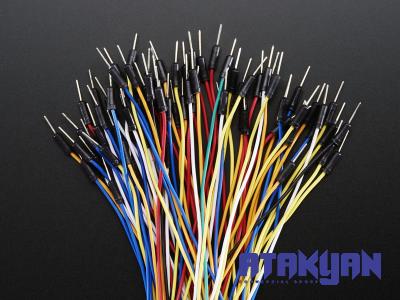

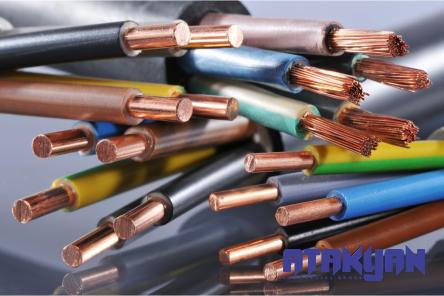
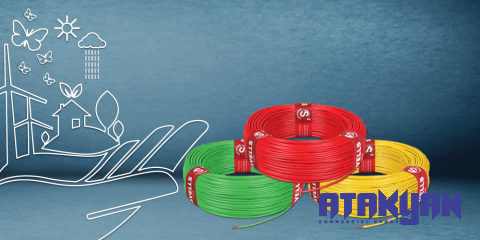
Your comment submitted.